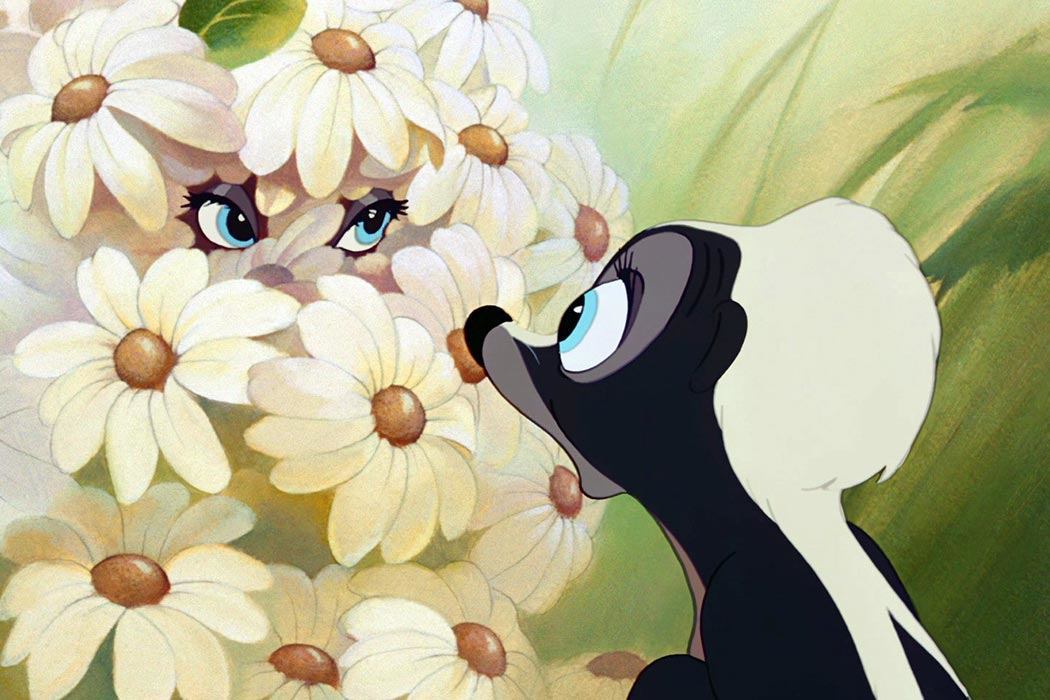When it premiered in 1942, the Walt Disney movie Bambi wasn’t a smash hit. Reviewers weren’t blown away; hunters were up in arms over it; and the specter of World War II meant overseas marketing was unfeasible. But with its re-release in 1947, the animated film went on to become a classic. The American Film Institute (AFI) considers it the third greatest American animated film (Snow White and the Seven Dwarves is number one). Bambi the white-tailed deer may be one of the most recognizable figures in popular culture.
Environmental historian Ralph H. Lutts examines the movie’s pervasive influence on America’s vision of nature. Bambi has played, he believes, a “key role in shaping American attitudes about and understanding of deer and woodland life.” And that, he thinks, is something of a problem.
But first the backlash: hunters continue to disparage the film to this day. The fulcrum of the story is the killing of Bambi’s mother by a hunter, and though she’s actually shot off-screen, Lutts reports that many remember “seeing” the killing. Horror master Stephen King said that Bambi’s mom’s killing was the thing that frightened him the most as a child.
The movie was based on the Austrian novel Bambi: A Life in the Woods by Felix Salten. It was translated into English by Daily Worker staffer Whittaker Chambers in 1928 (two decades later, he would play a prominent role in the Alger Hiss spy scandal). Lutts says the novel “presents a poetic vision of woodland life and a powerful statement against hunting.” Disney’s Bambi is similar, Lutts argues, but is too one-dimensional in its view of nature and humans.
Weekly Newsletter
Salten’s world is more realistically complex, exploring ecological relationships like starvation and predation. People are problematic, but not evil, in his tale. Disney’s version, on the other hand, has “artistic elegance” but also “ecological shallowness.” The character “Man,” declared one of the top villains by the AFI, is pure evil, yet there’s no predation or starvation in the movie. Cute sidekicks like Thumper don’t even seem to need food at all.
Lutts argues that a “fetching metaphor” getting confused “with the living reality of deer, other wildlife, or our environment,” makes the challenge of wildlife protection in the real world more difficult. The film doesn’t “affirm nature, it represents a flight from the natural world into a comfortable nature fantasy.” And considering the virtual control humans now have over the planet, Bambi “offers no hope for us poor humans to be anything other than destroyer







